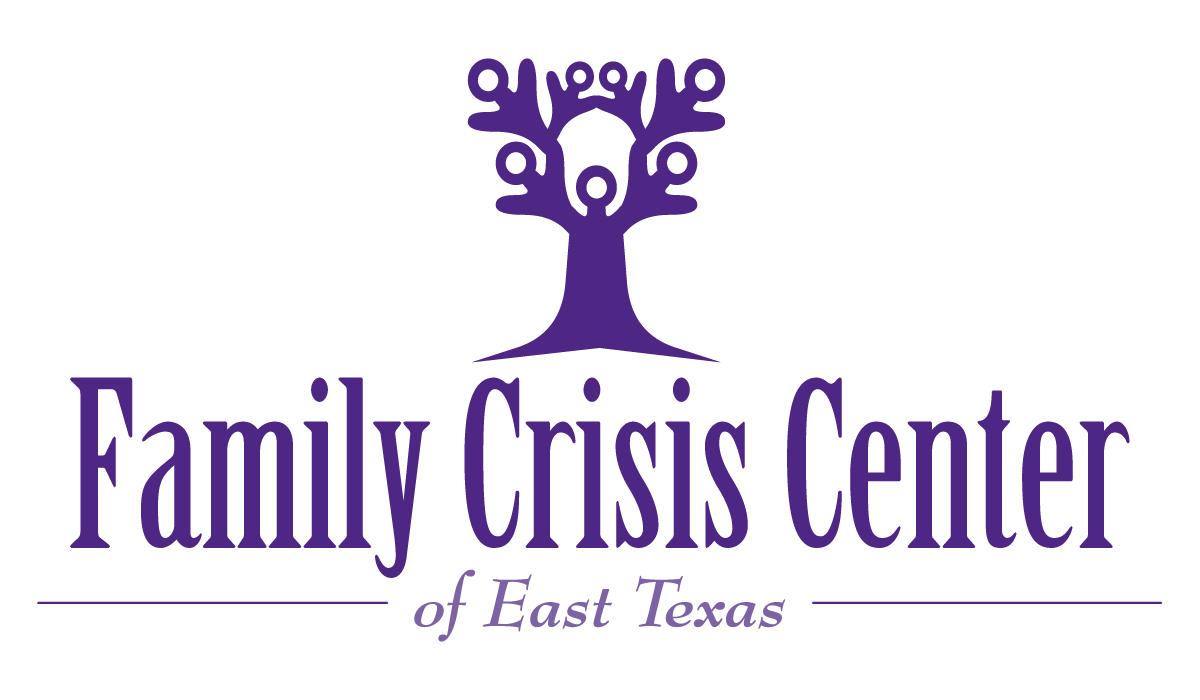Follow Us x
Contact Info x
Teen Dating Violence
Teen dating violence includes physical, emotional, and sexual abuse and is a reality for many youth and young adults. Harassment through texts, email, instant messaging, and other social media are all examples of this. It occurs in all races, religions, and socioeconomic groups.
Unhealthy relationships can start early and last a lifetime. Dating abuse occurs between two people in a close relationship. Harmful behaviors are repeated, creating a pattern of violence.
There are three common types of dating abuse:
Physical abuse occurs when a teen is being hit, shoved, bit, kicked, pulled, or physically hurt in some other way.
Emotional abuse means threatening a teen or harming his or her sense of self-worth. Examples include name-calling, teasing, threats, bullying, shaming, or isolating from friends and family.
Sexual abuse is any unwanted sexual activity using force, making threats, or taking advantage of victims unable to give consent. It includes unwanted sexual touching, rape, and other sexual acts.
Another common element is stalking, which is repeatedly following, texting, and harassing a partner in a way that causes them reasonable fear for their safety or well-being.
Teens involved in unhealthy or abusive relationships may suffer from depression, anxiety, aggression, alcohol or drug abuse, suicidal thoughts, or sexually transmitted infections.
If you or someone you know is the victim of teen dating violence, call the agency's 24-hour domestic violence and sexual assault hotline at 1-800-828-SAFE (7233) or text 936-552-9256.

